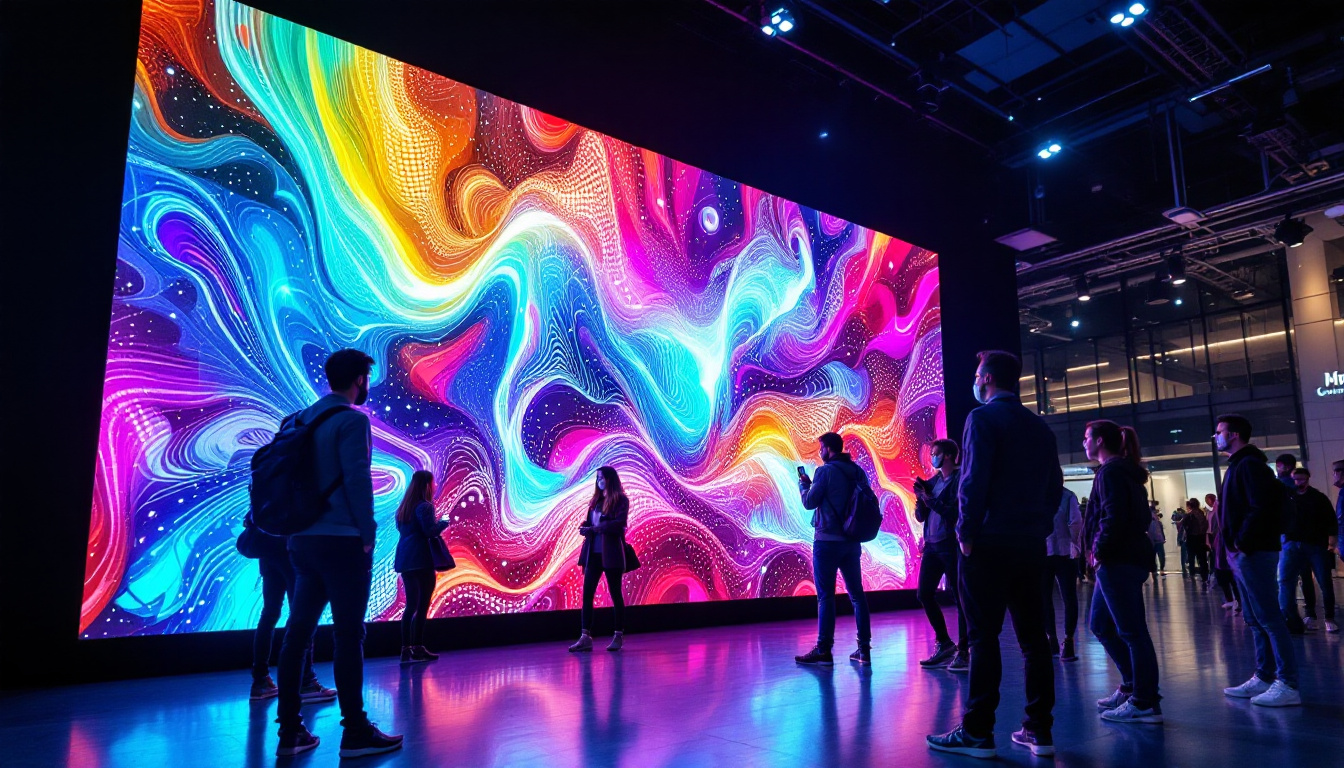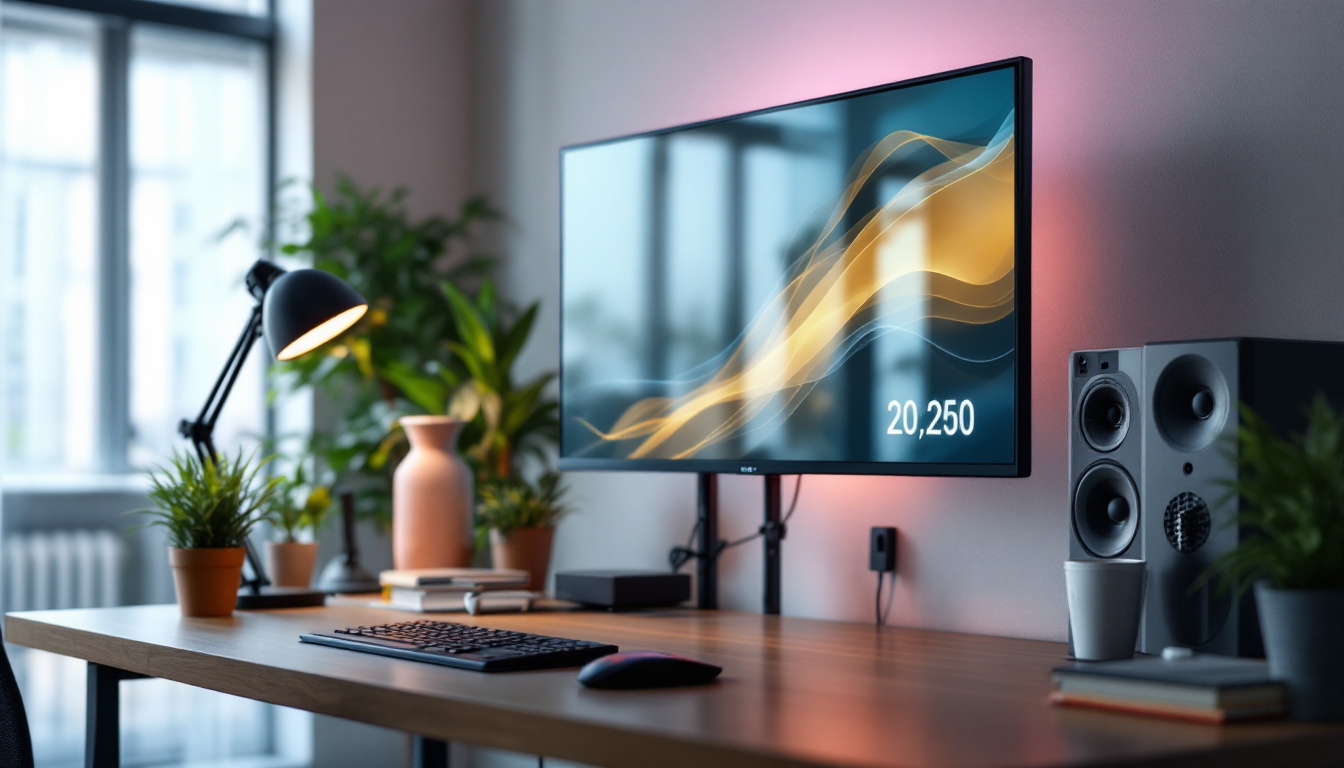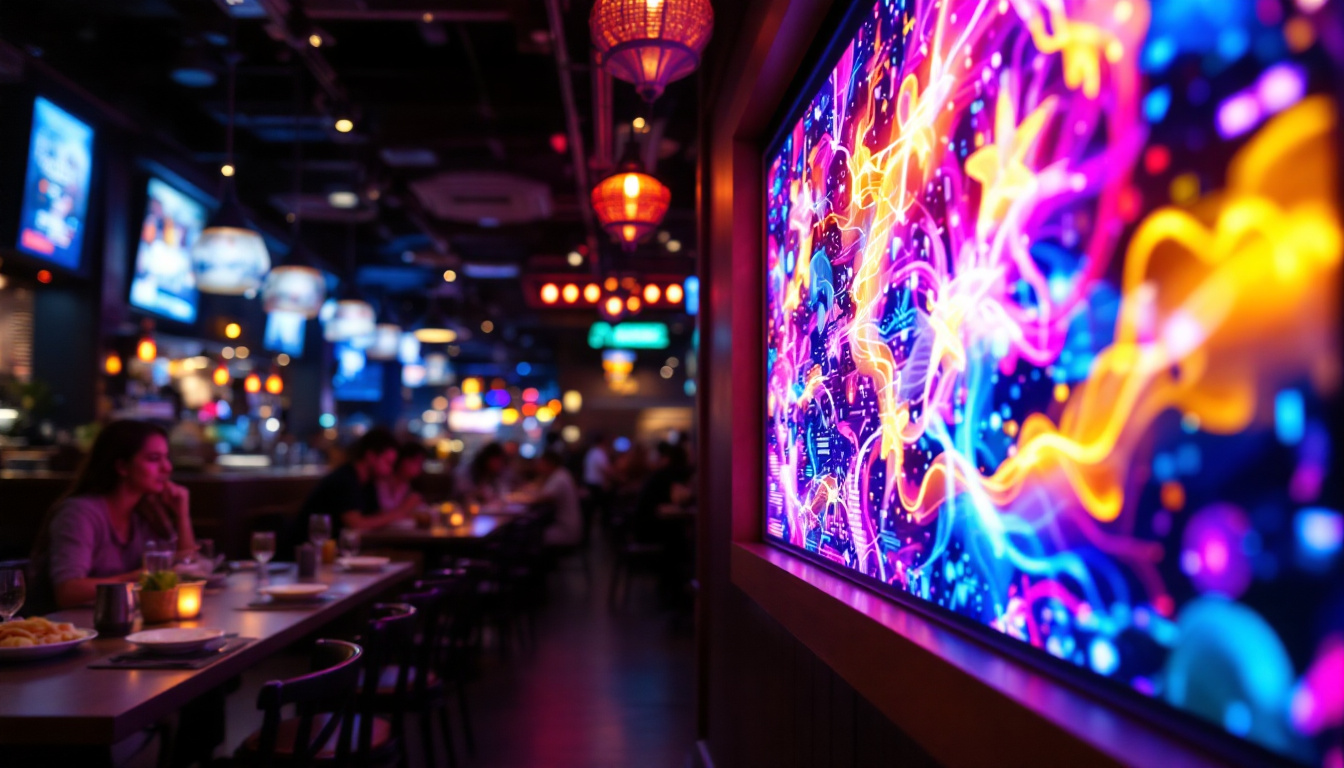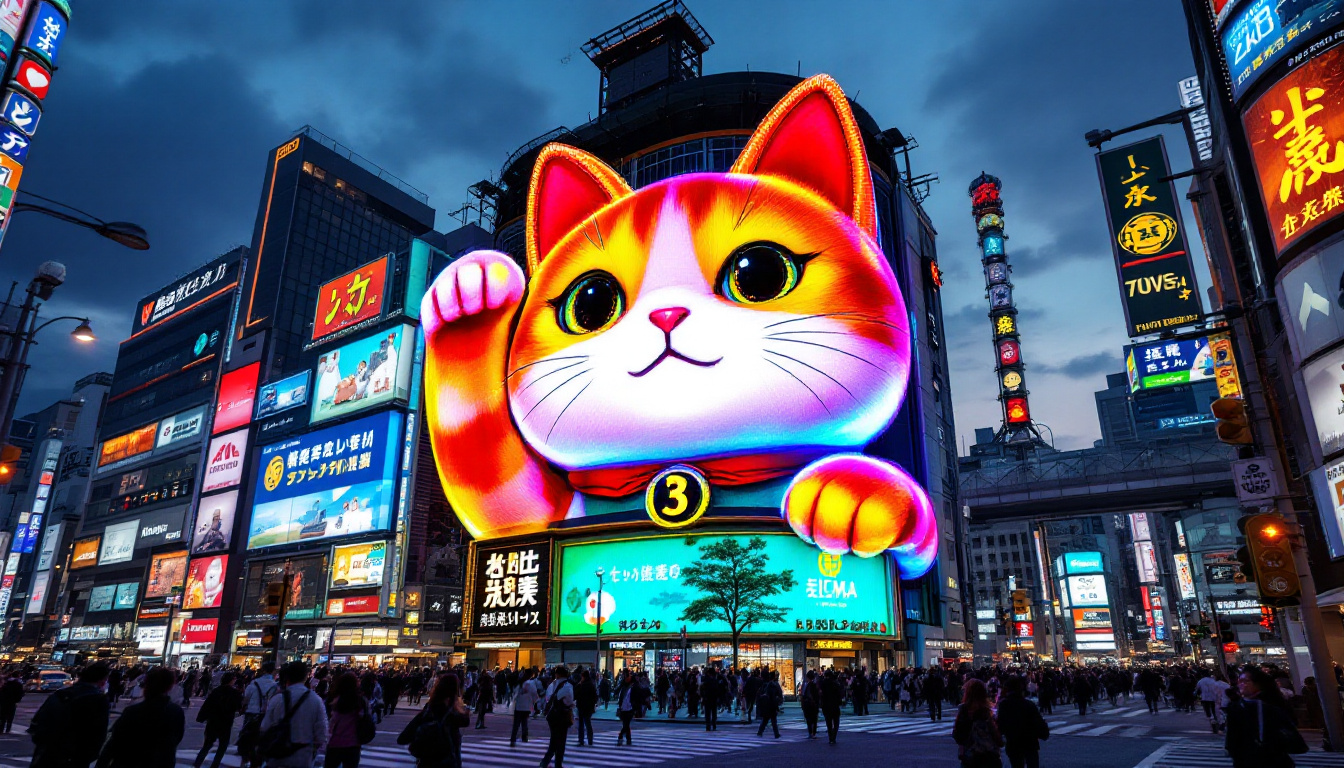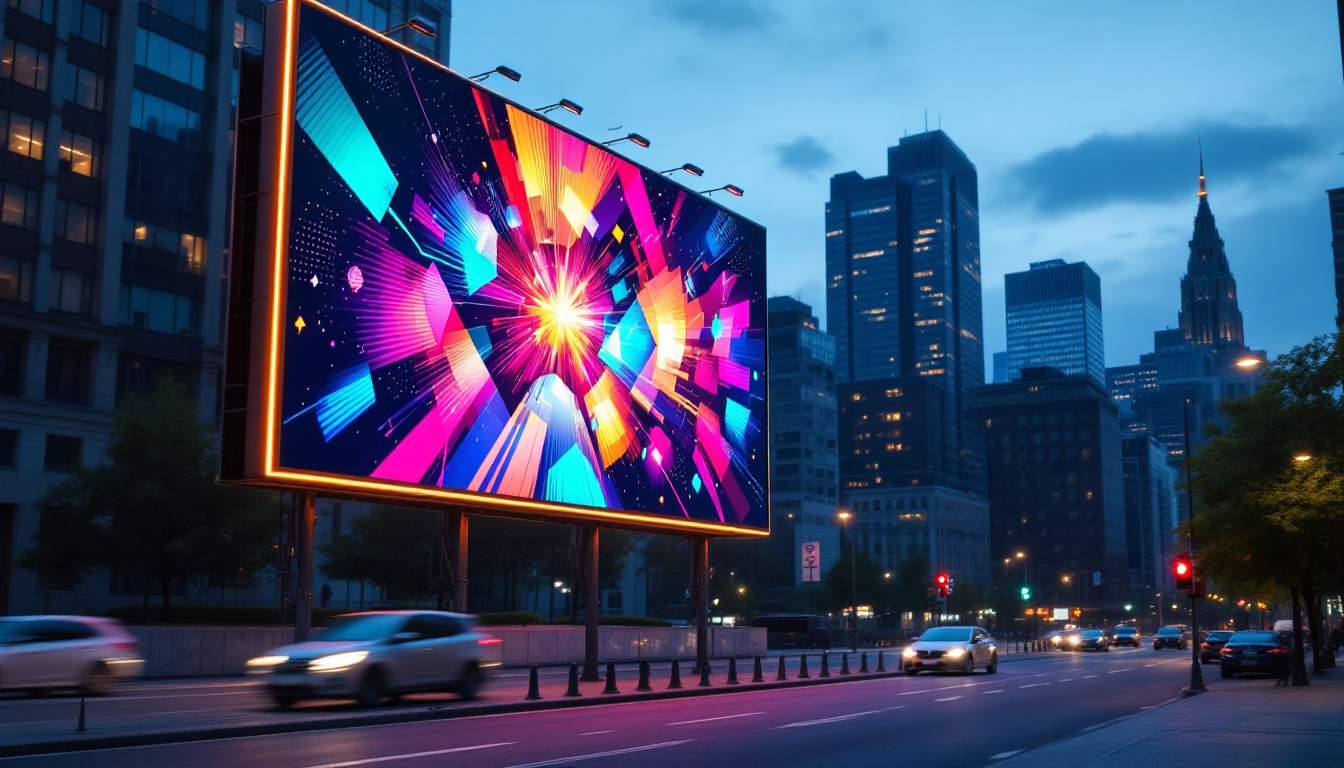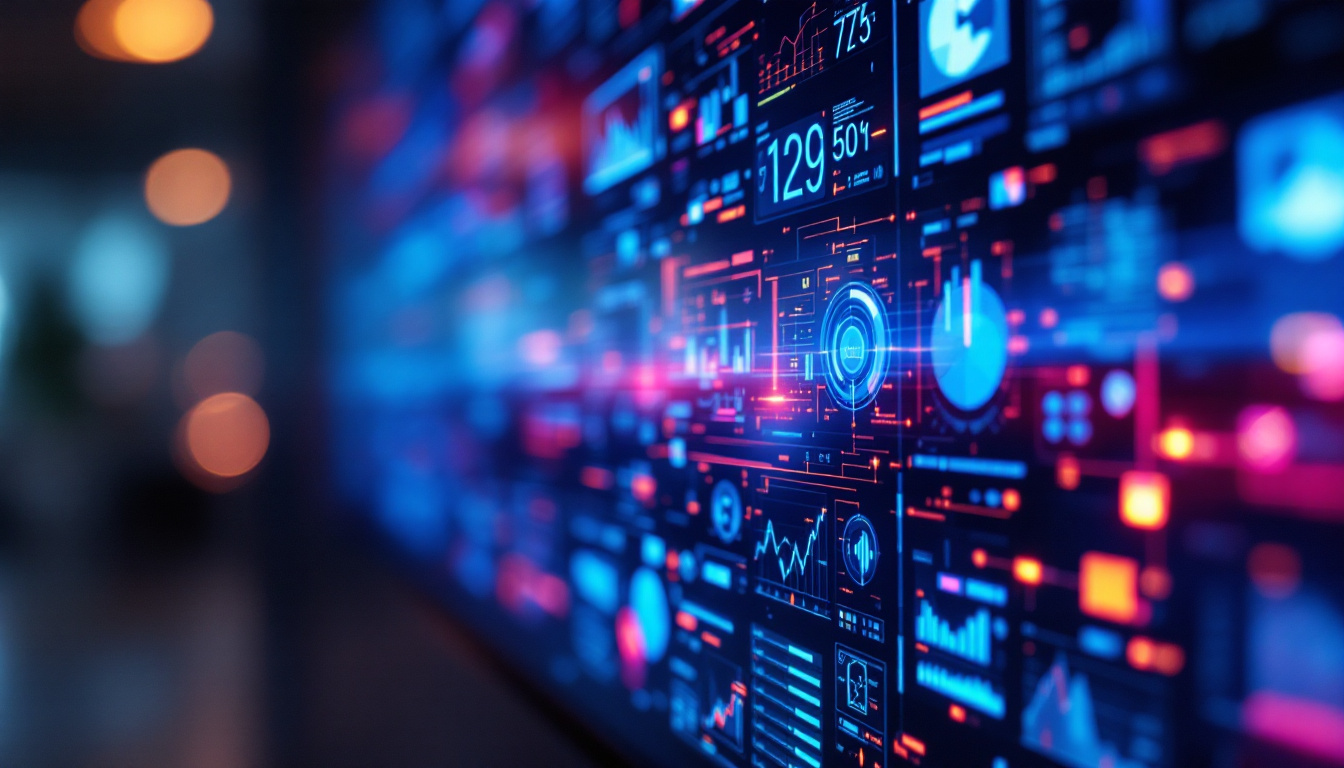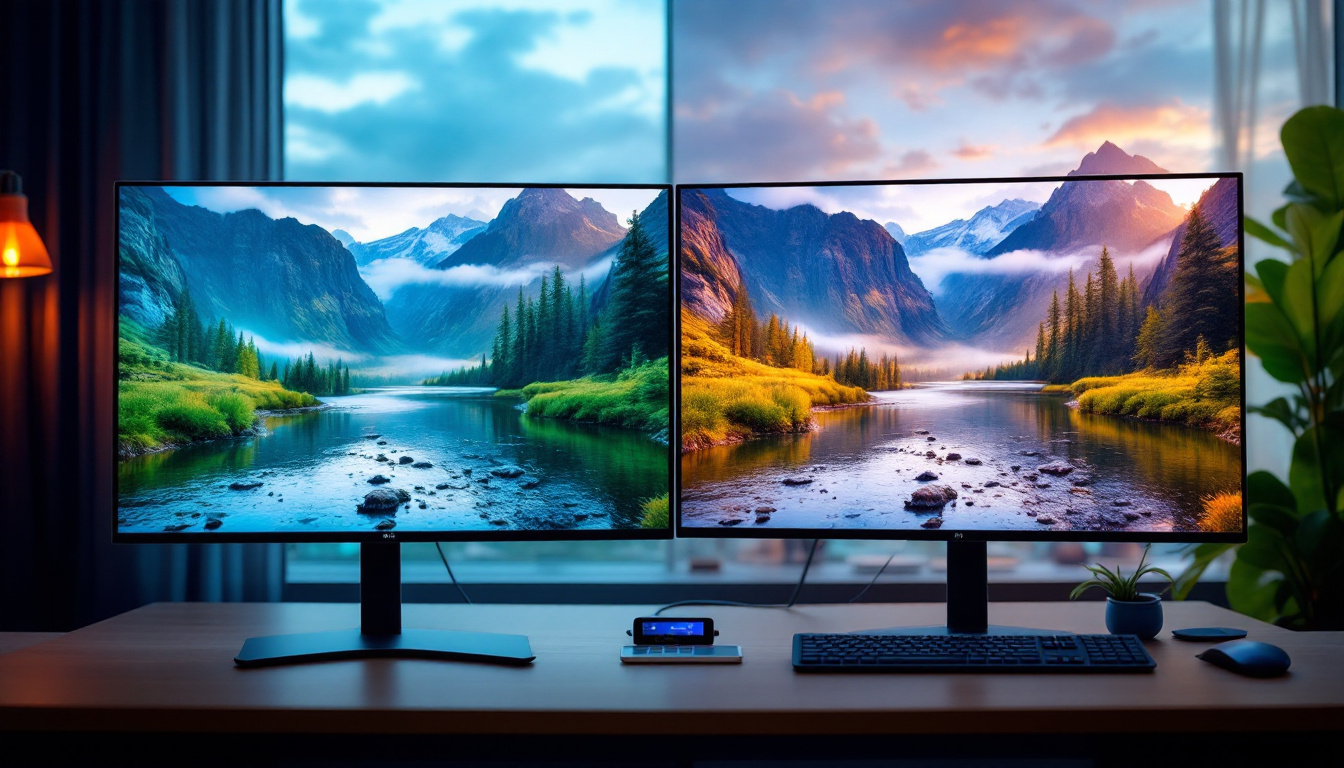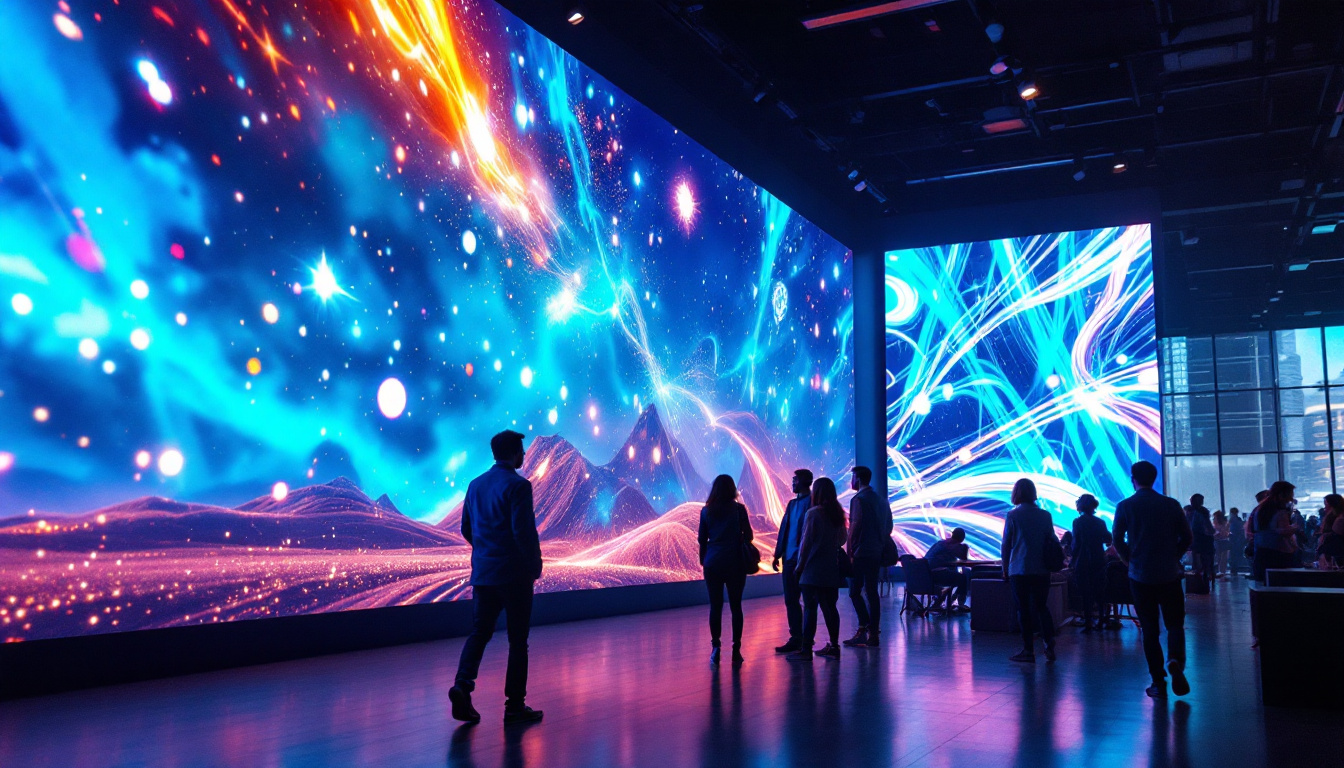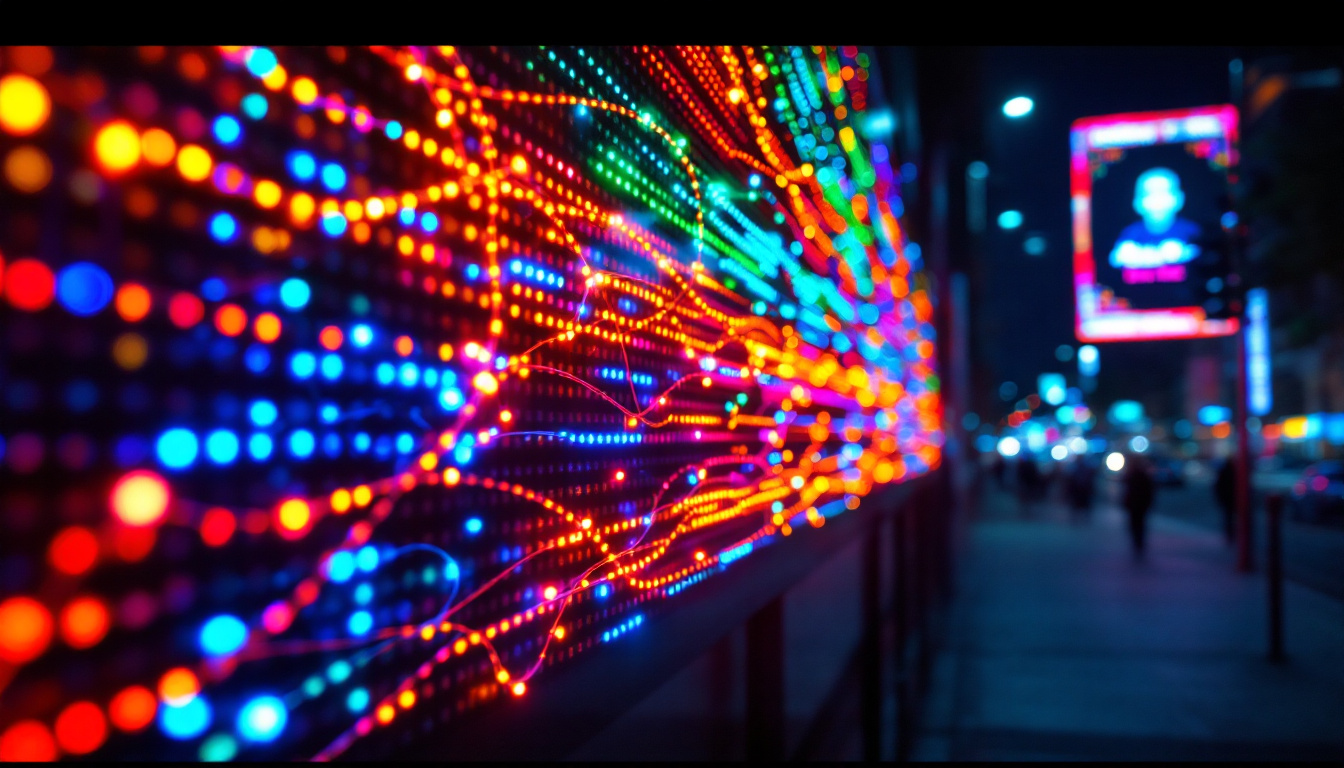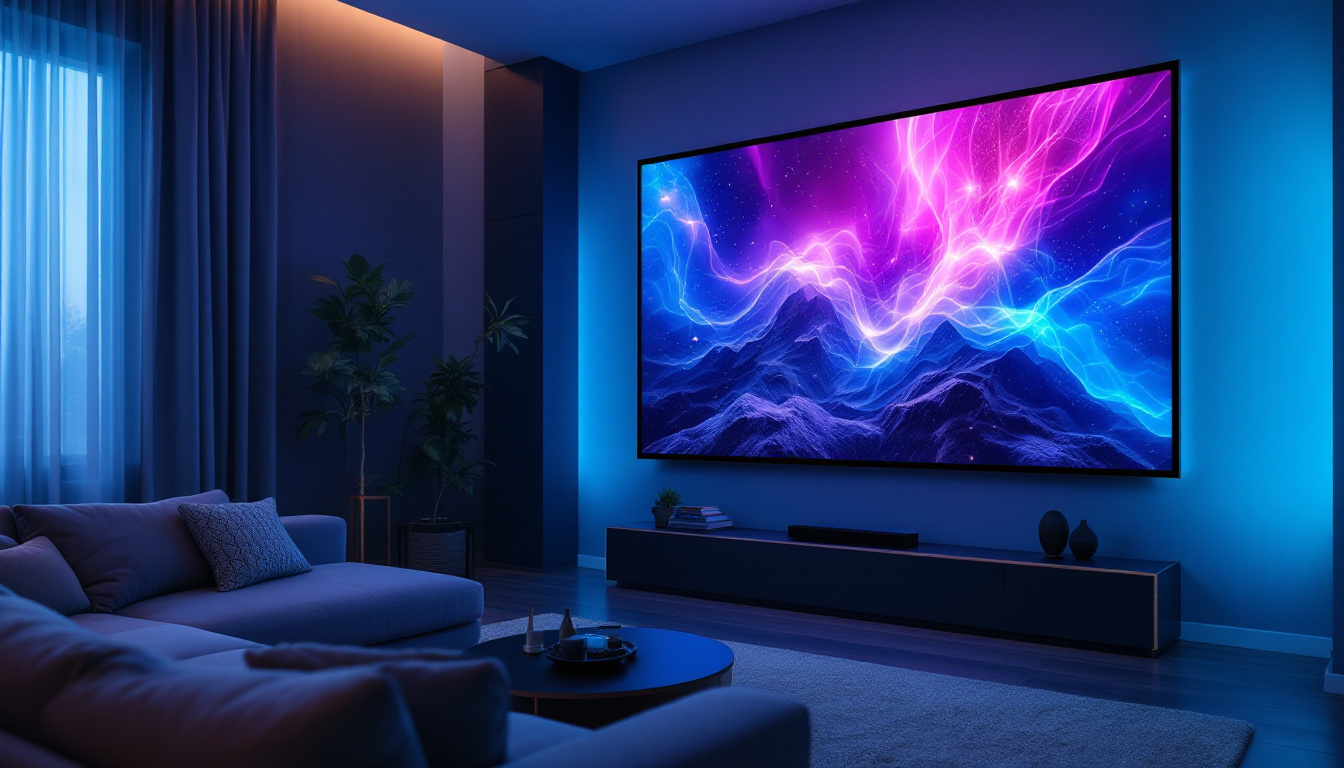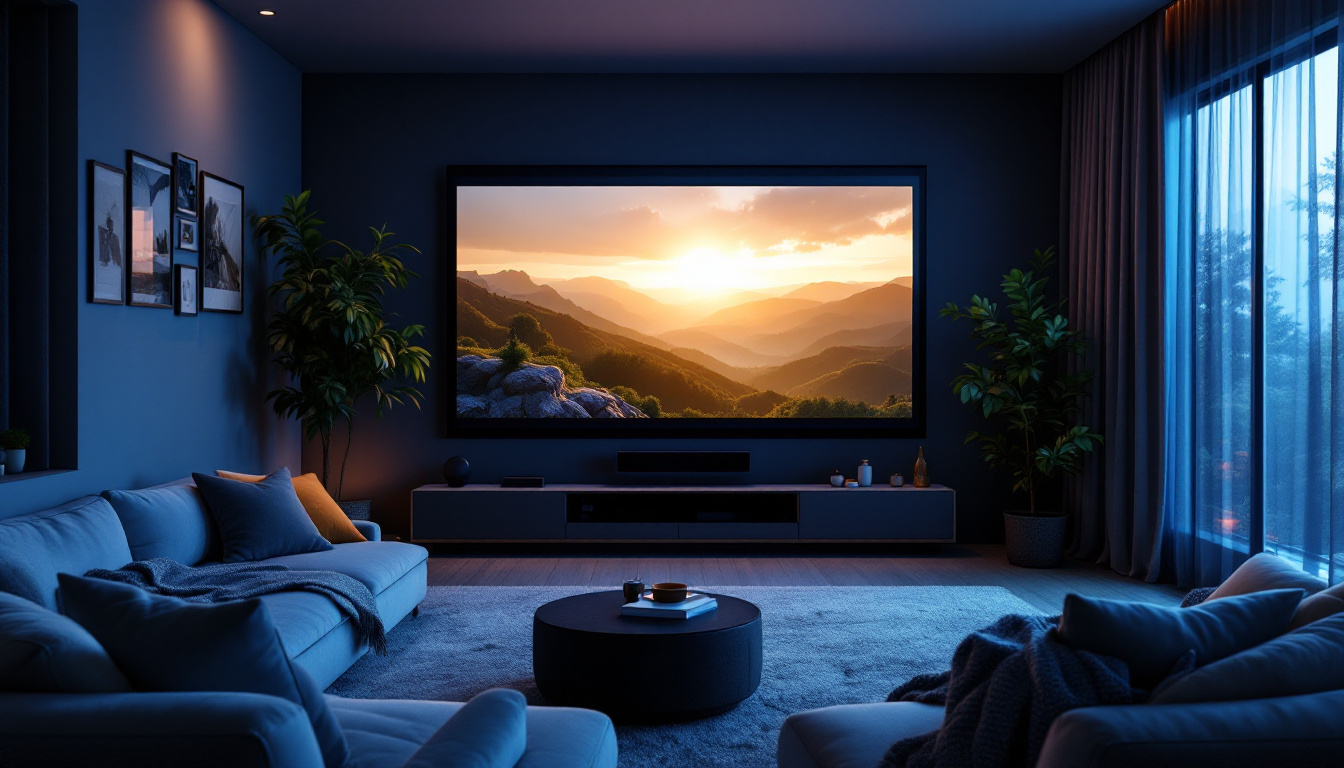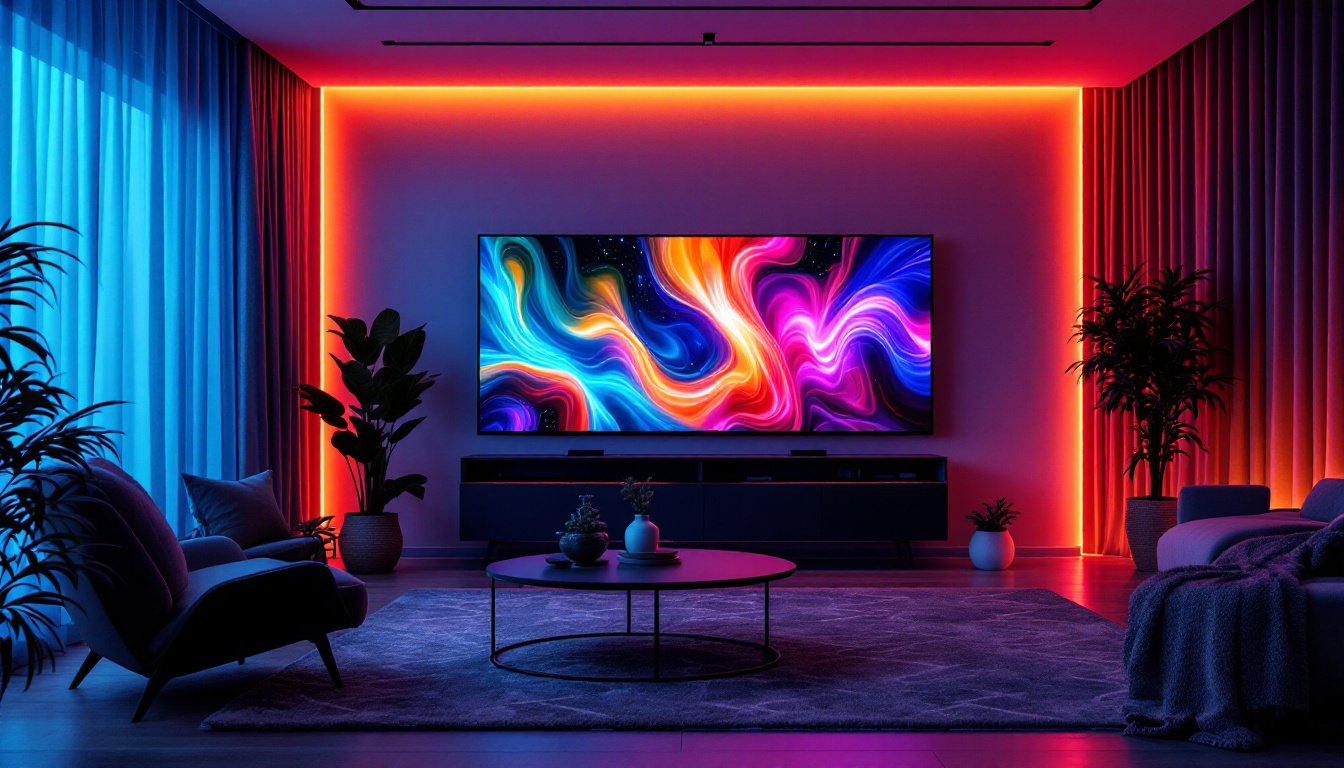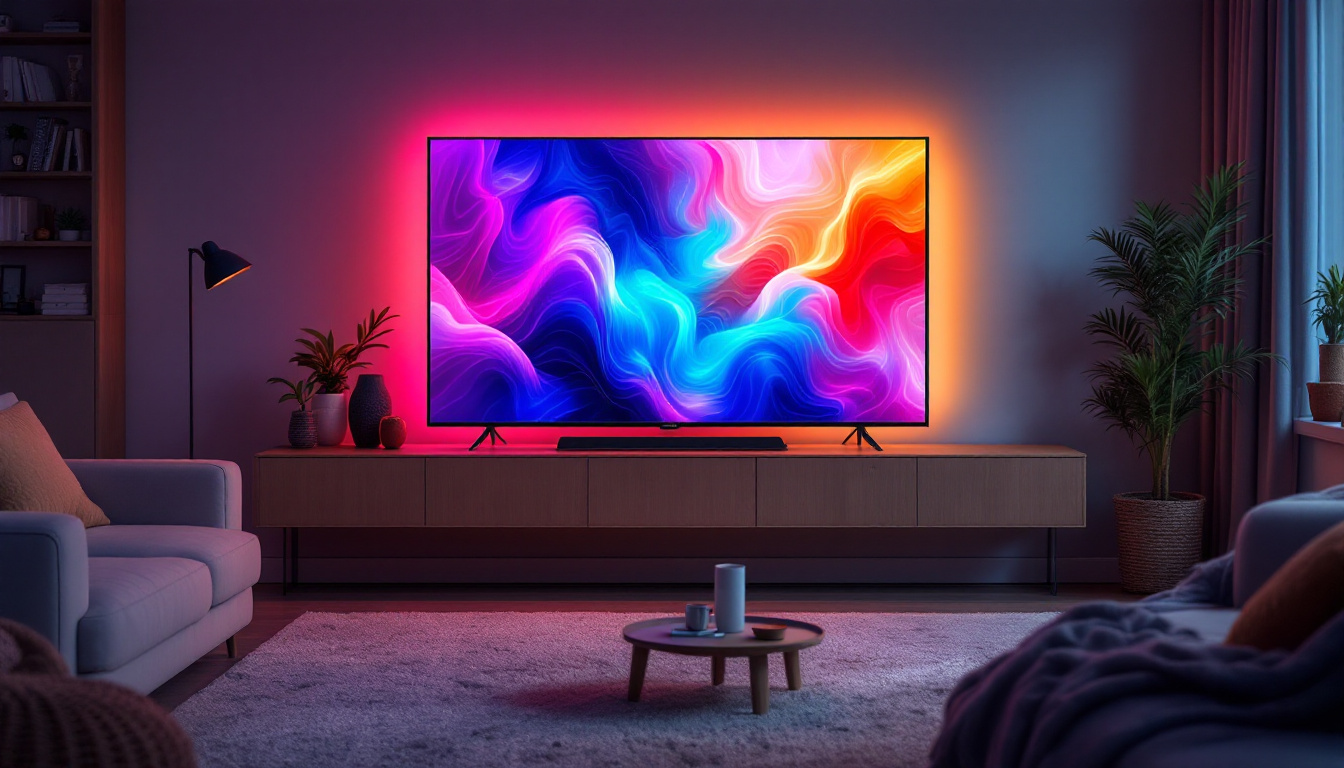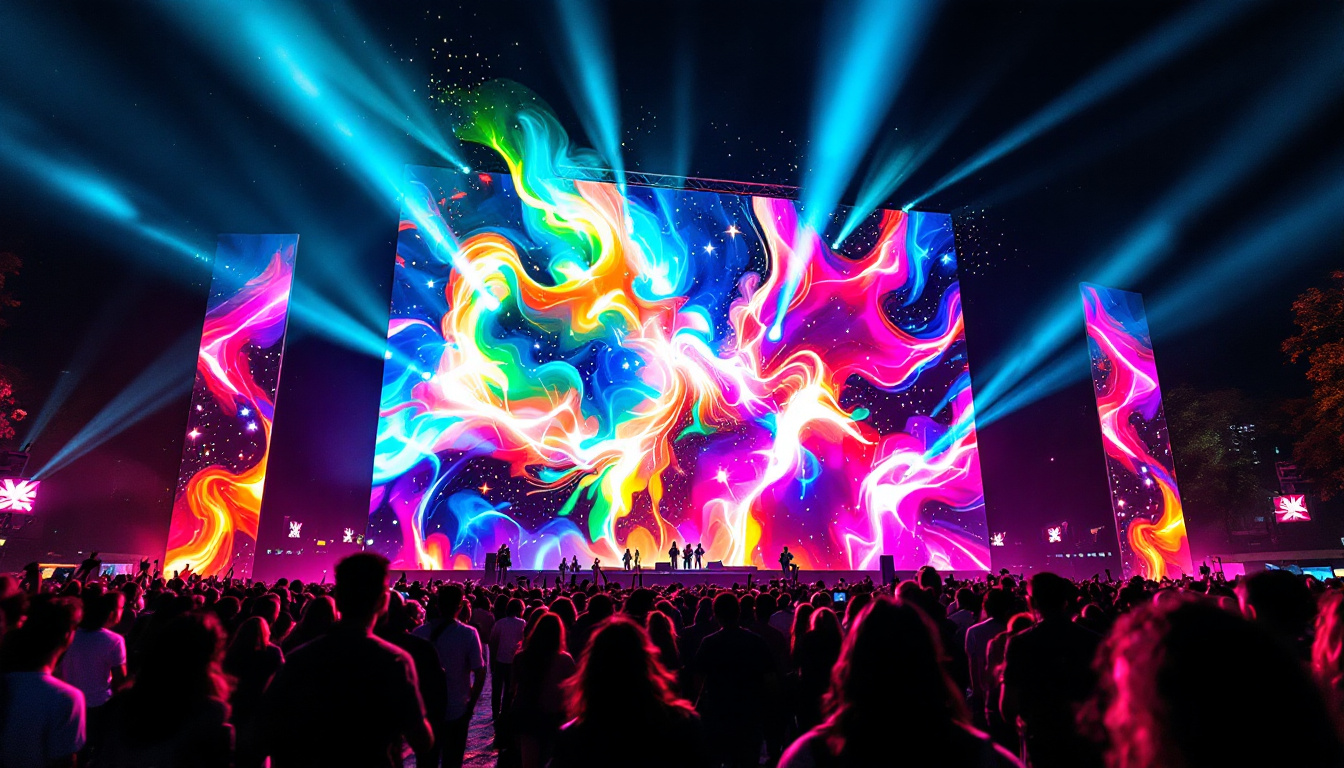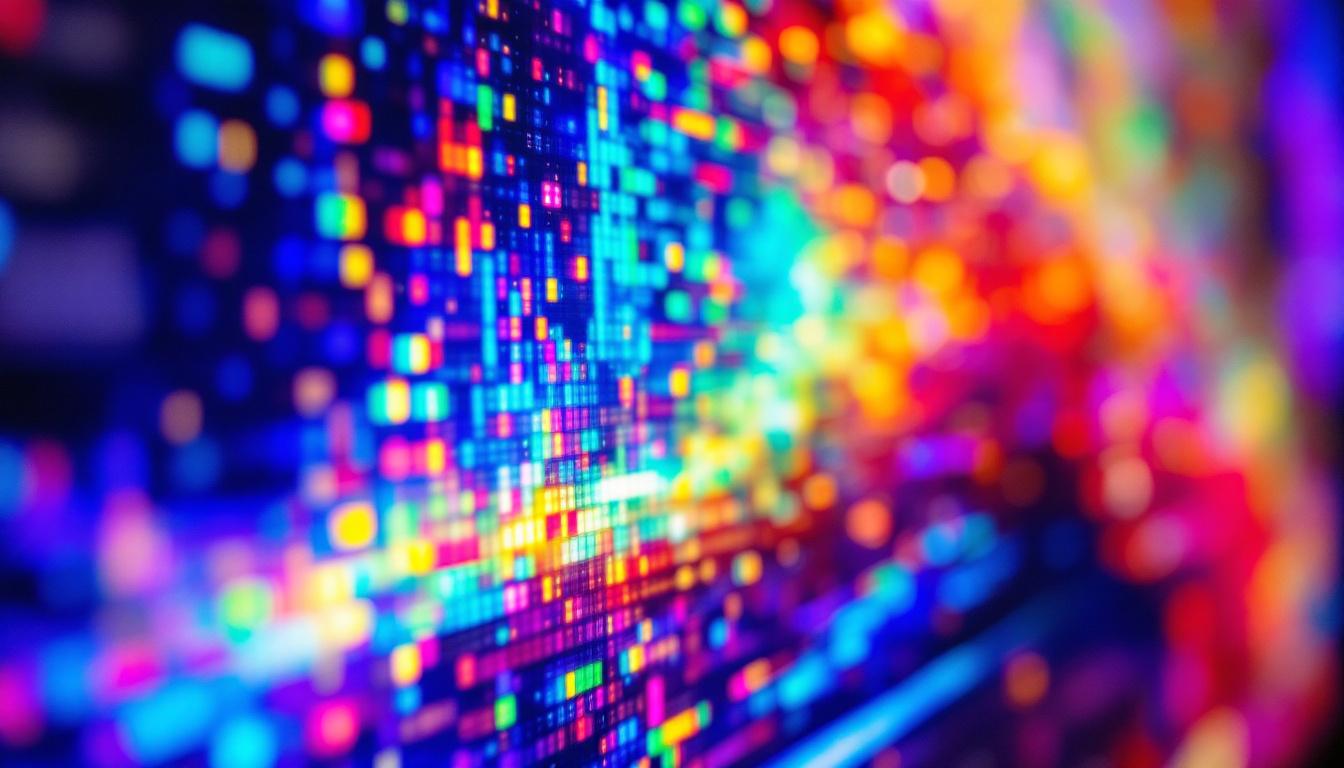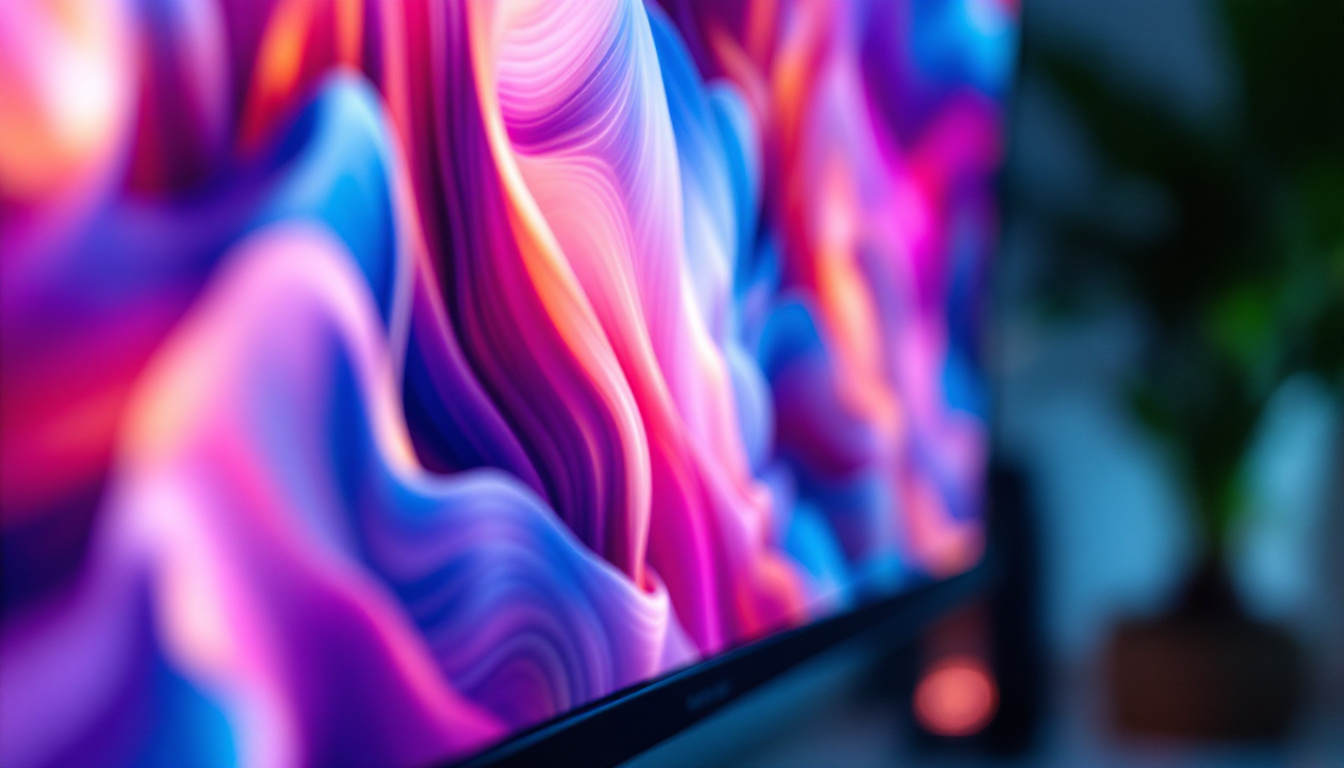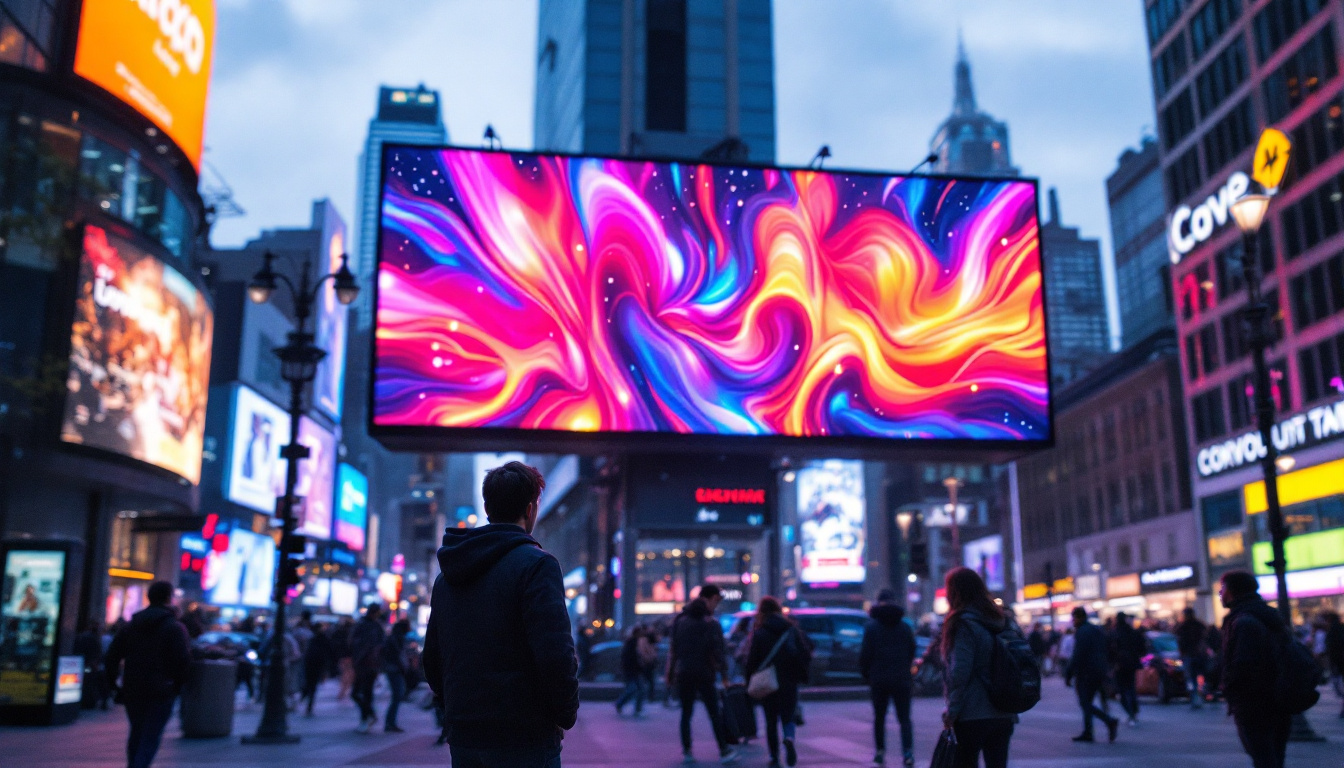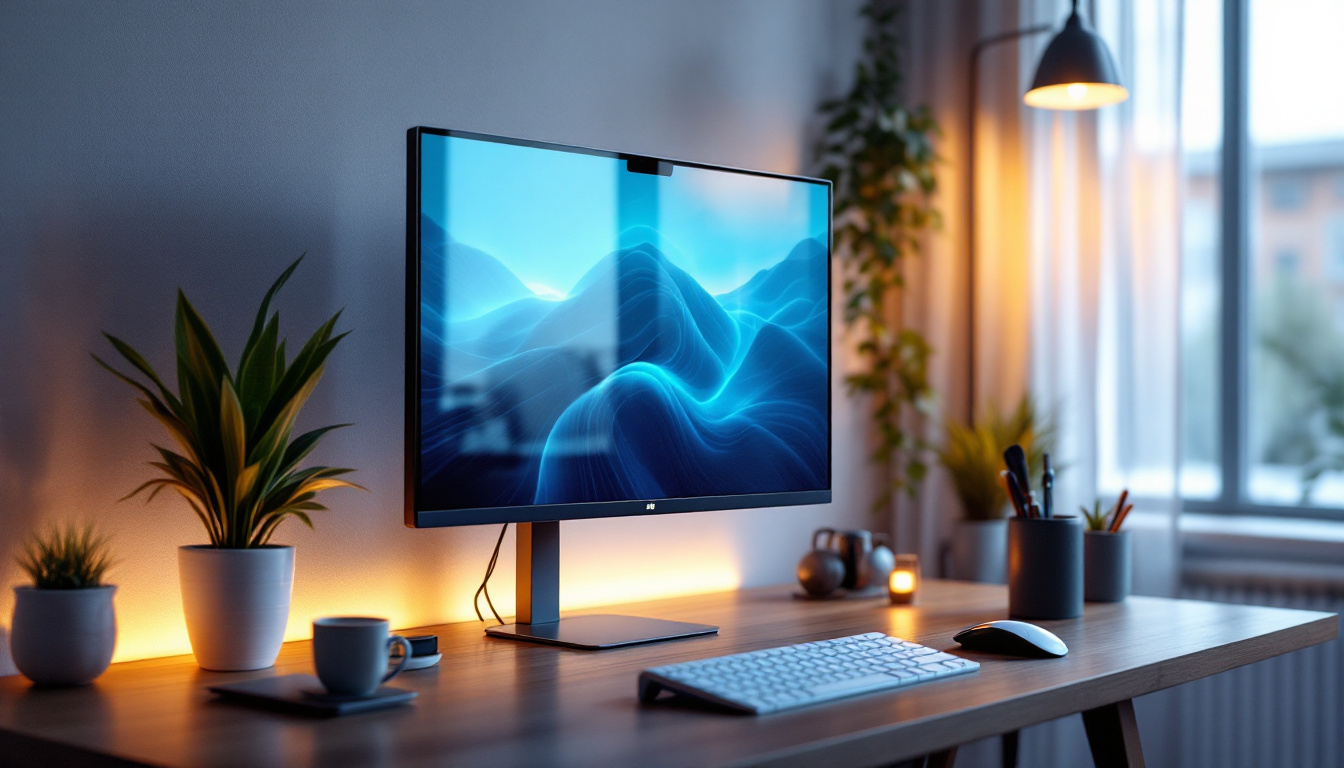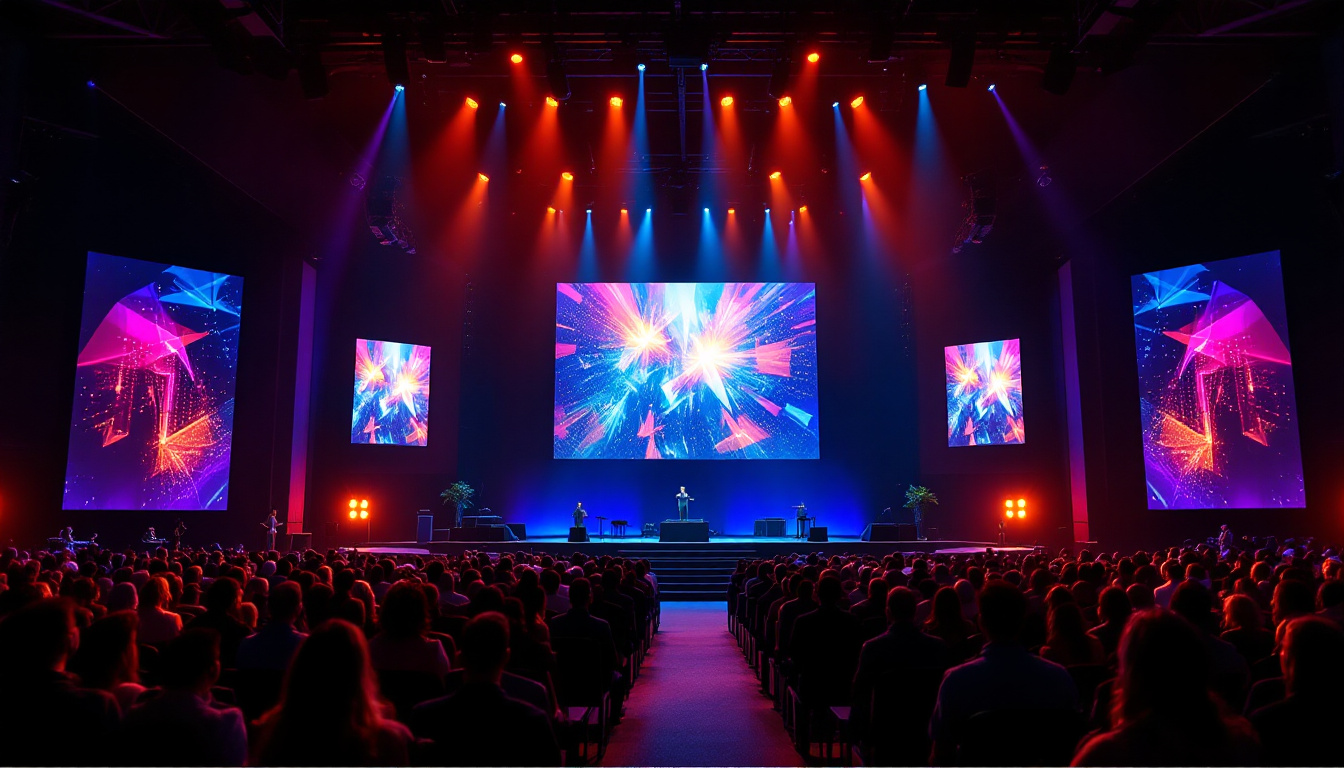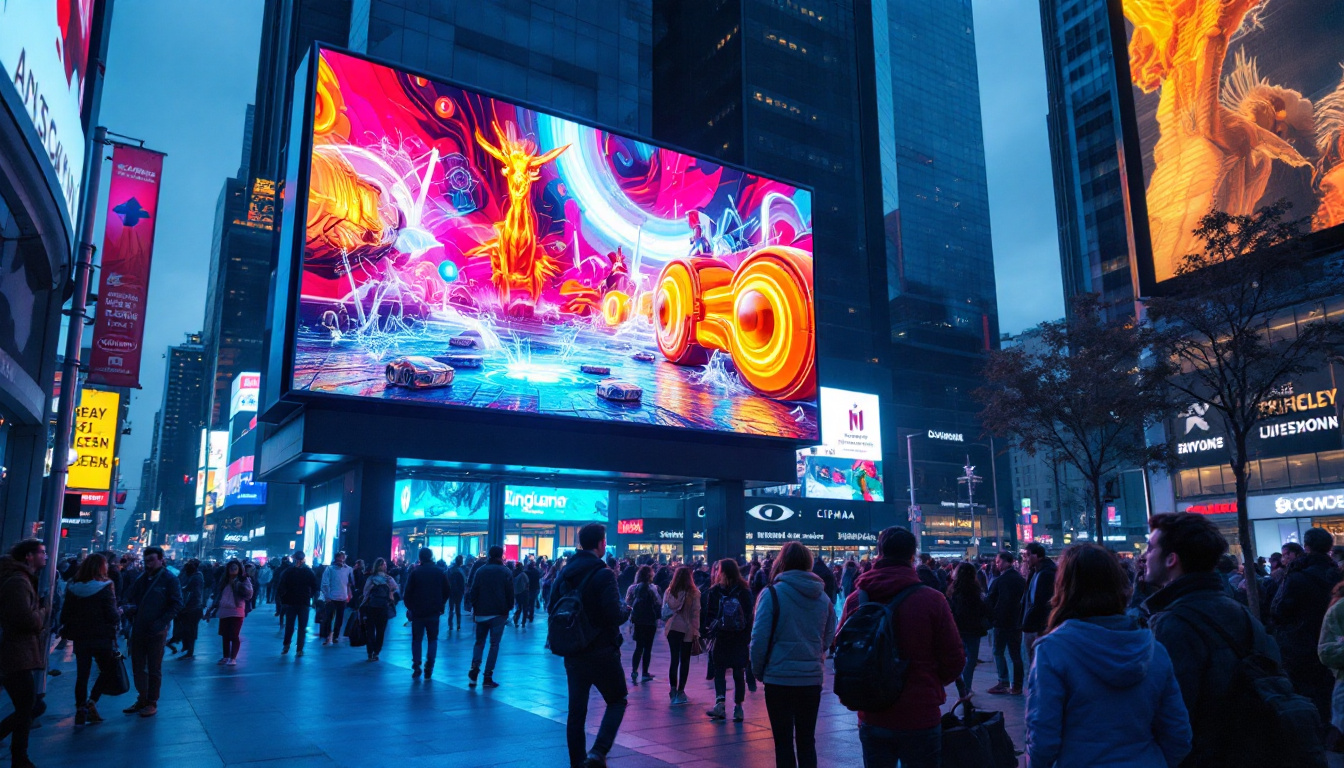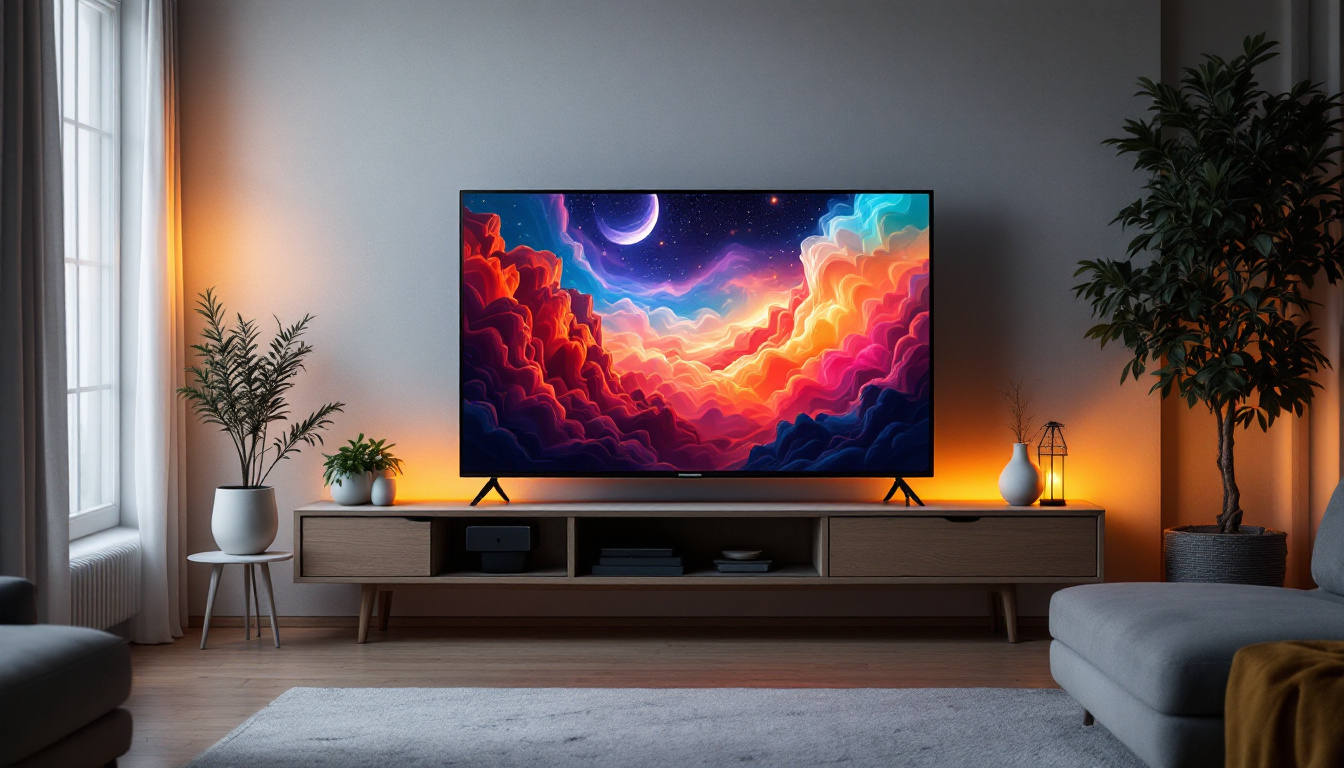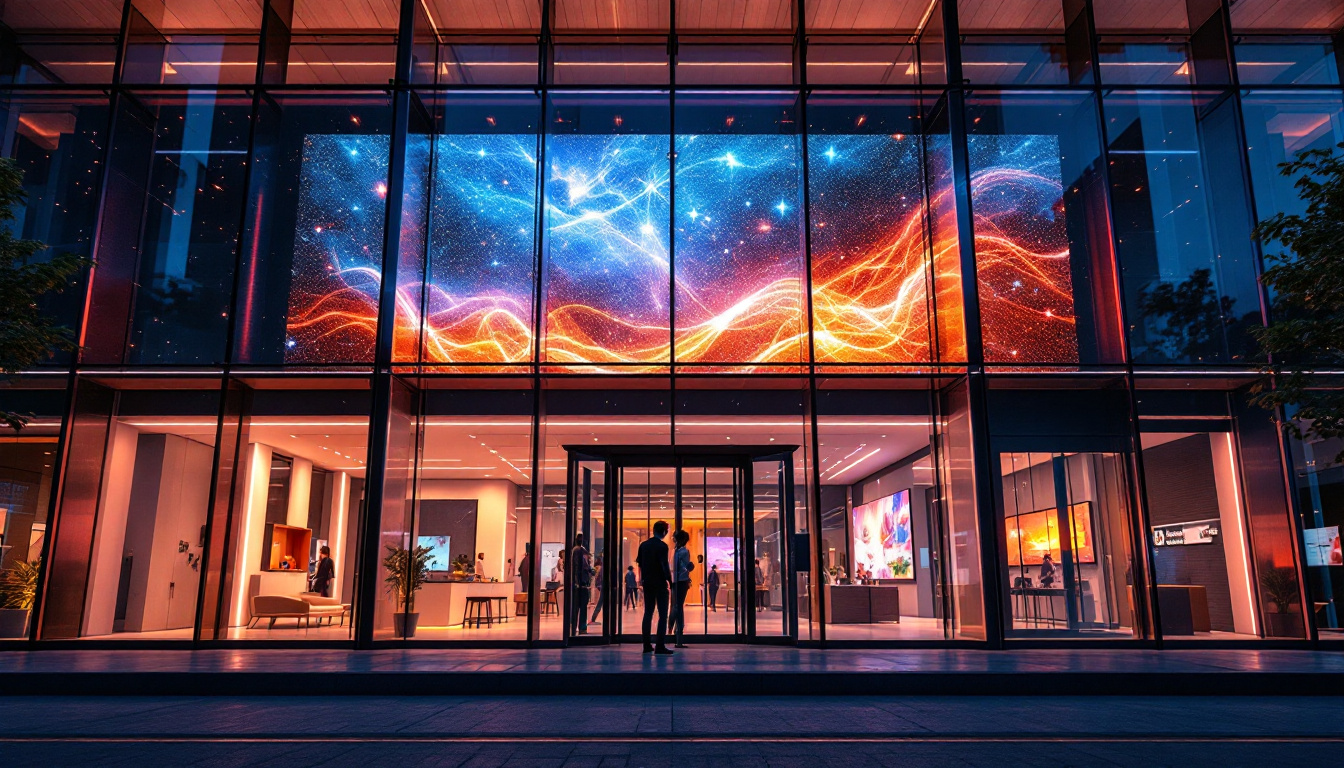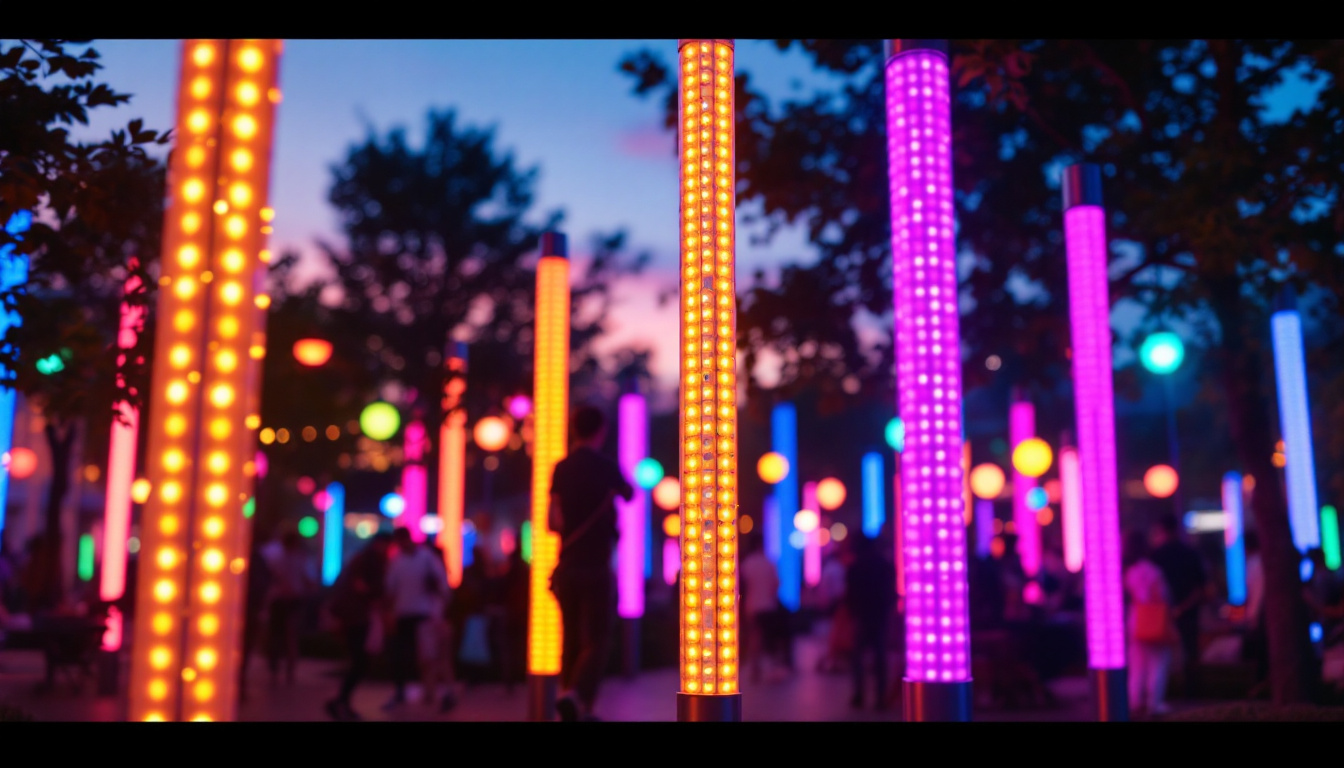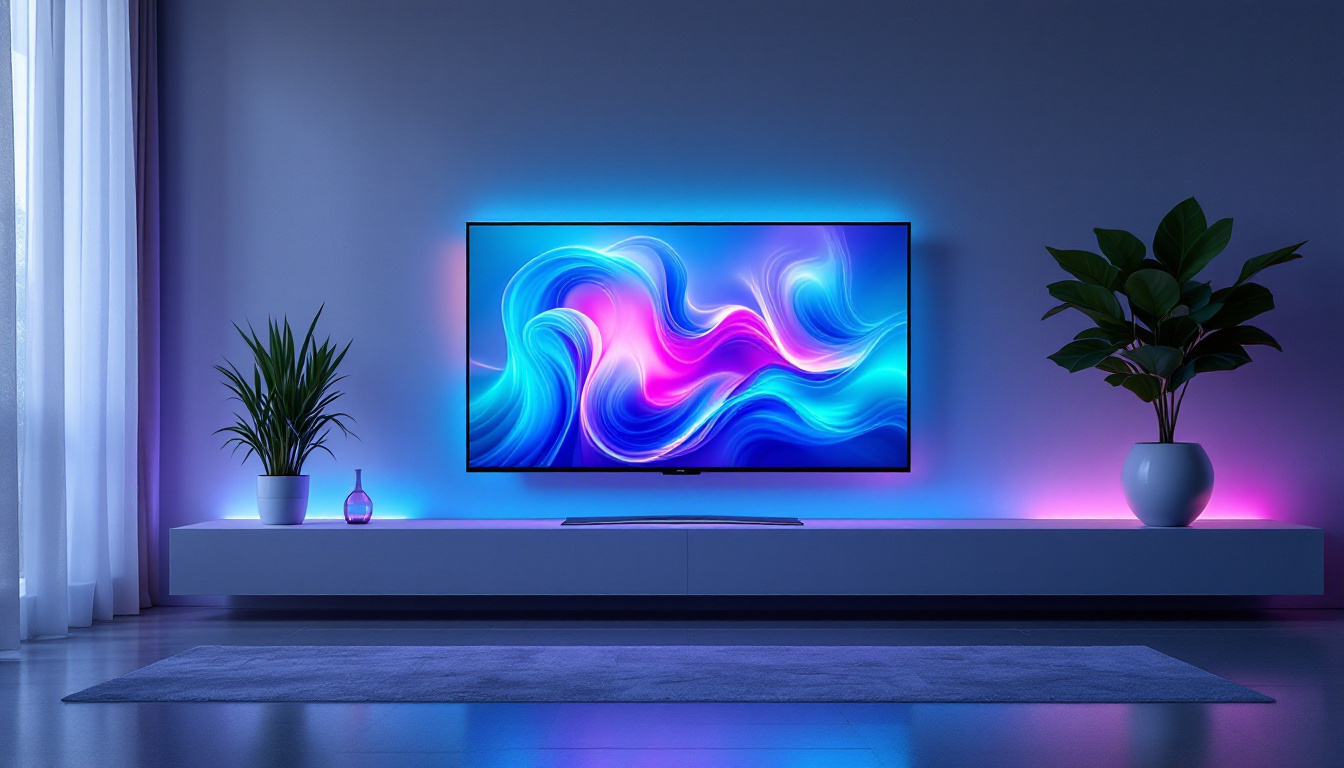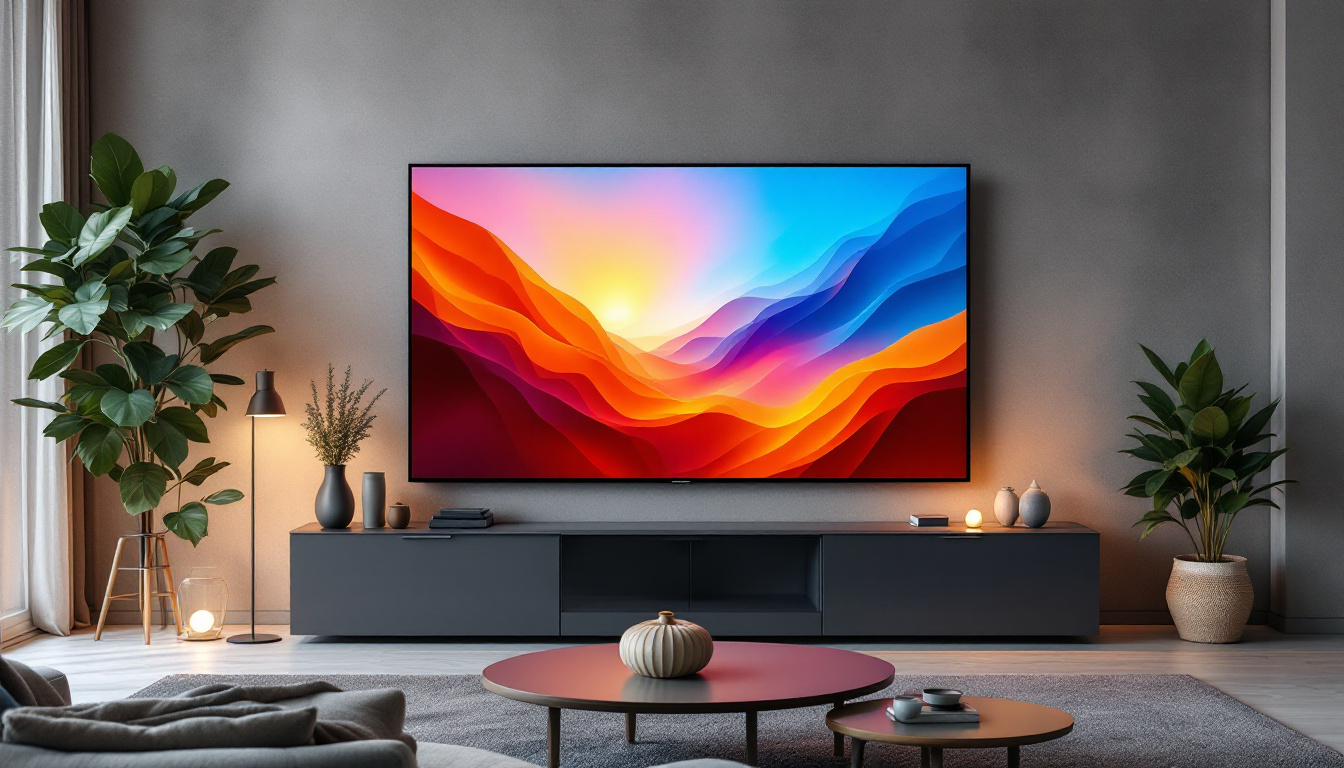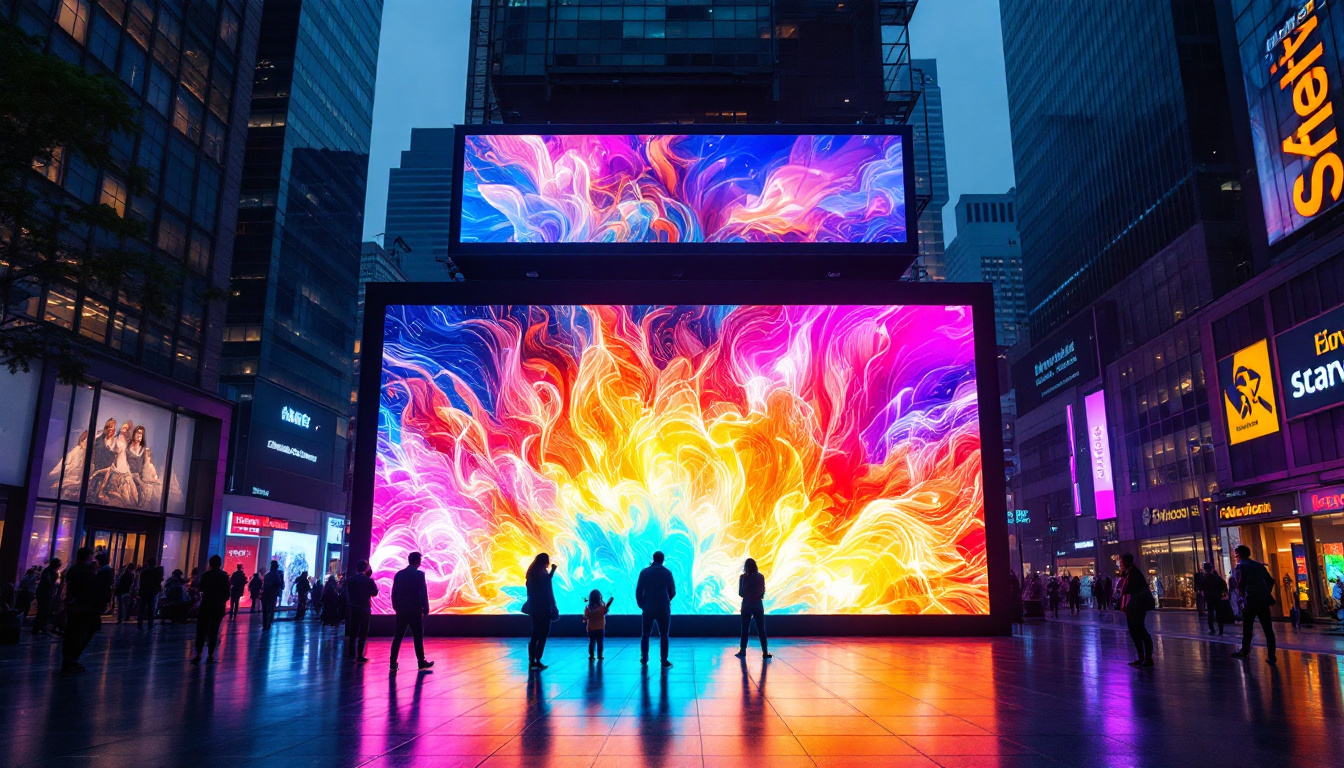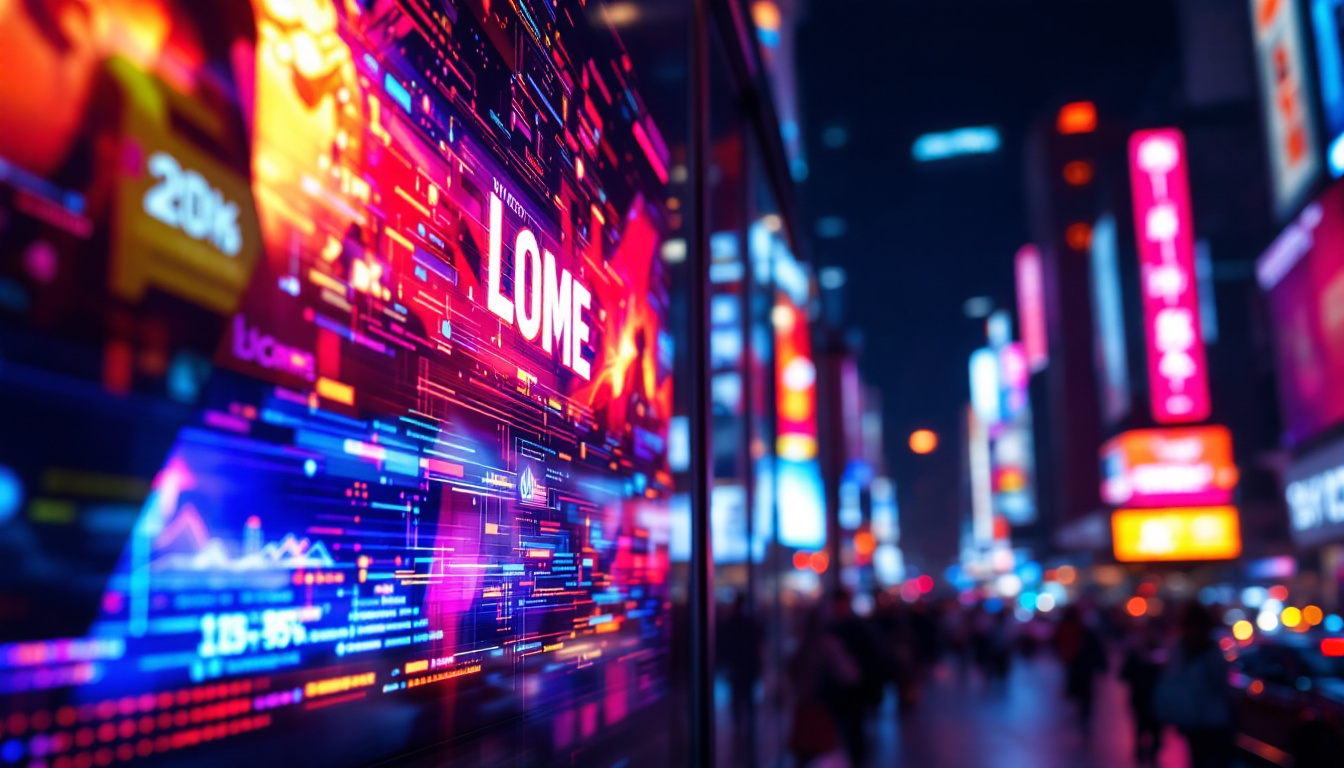In the modern world of visual communication, LED walls have emerged as a revolutionary technology, transforming the way information is displayed and consumed. These vibrant displays are not only visually striking but also offer a plethora of functionalities that cater to various industries. This article delves into the intricacies of LED wall design, exploring their components, applications, and the benefits they bring to the table.
Understanding LED Technology
Light Emitting Diodes (LEDs) are semiconductor devices that emit light when an electric current passes through them. This technology is the backbone of LED displays, providing a bright, energy-efficient, and long-lasting alternative to traditional display methods. The rapid evolution of LED technology has revolutionized various industries, from entertainment to advertising, by offering solutions that are not only visually striking but also environmentally friendly.
How LEDs Work
At the core of LED technology is the principle of electroluminescence. When electrons move through a semiconductor material, they release energy in the form of photons, which we perceive as light. This process allows for the creation of displays that can produce a wide range of colors and brightness levels, making them ideal for dynamic visual content. The efficiency of LEDs is further enhanced by their ability to convert a higher percentage of electrical energy into light, as opposed to heat, which is a common drawback of traditional incandescent bulbs.
Types of LED Displays
LED displays can be categorized into several types, each designed for specific applications. The most common types include:
- Direct View LED (DVLED): This type consists of individual LED modules that are assembled to form a larger display. They are often used for large-scale outdoor advertising and events.
- LED Video Walls: These are composed of multiple LED panels that work together to create a seamless display. They are commonly used in arenas, theaters, and corporate environments.
- Transparent LED Displays: These innovative displays allow light to pass through, making them ideal for retail environments where visibility is essential.
In addition to these common types, there are also specialized LED displays designed for niche applications. For instance, Flexible LED Displays can be bent and shaped to fit unconventional spaces, allowing for creative installations in art galleries and exhibitions. Another exciting development is the emergence of MicroLED technology, which utilizes microscopic LEDs to achieve ultra-high resolution and color accuracy, making it a promising contender for next-generation televisions and mobile devices. As the technology continues to advance, we can expect even more innovative applications of LED displays that push the boundaries of visual communication.
Design Considerations for LED Walls
Designing an effective LED wall involves a multitude of factors that influence both functionality and aesthetics. From pixel pitch to installation methods, each element plays a crucial role in the overall performance of the display. The integration of these components requires careful planning to ensure that the final product meets the specific needs of the environment in which it will be used, whether that be for advertising, entertainment, or information dissemination.
Pixel Pitch
Pixel pitch refers to the distance between the centers of two adjacent pixels on an LED display. This measurement is critical as it directly impacts the resolution and clarity of the image. A smaller pixel pitch results in higher resolution, making it suitable for close viewing distances, while a larger pixel pitch is more appropriate for larger audiences viewing from a distance. Additionally, advancements in technology have led to the development of fine-pitch LEDs that can achieve impressive resolutions even in compact formats, allowing for versatility in design and application. Designers must also consider the content type; for instance, high-definition video content benefits from tighter pixel pitches, whereas static images may not require such precision.
Brightness and Contrast
Brightness is another vital consideration in LED wall design. Measured in nits, the brightness level determines how well the display performs in various lighting conditions. High brightness levels are essential for outdoor displays, where sunlight can wash out images. Additionally, contrast ratio affects the visibility of images, making it important to balance brightness with deep blacks for optimal viewing experiences. The choice of LED technology can also influence these factors; for example, some LEDs are designed to enhance color saturation and contrast, providing a more vibrant viewing experience. Furthermore, environmental factors such as ambient light should be taken into account, as they can significantly impact how the display is perceived by the audience, necessitating adaptive brightness controls that adjust based on surrounding light conditions.
Viewing Angle
The viewing angle of an LED wall is the angle at which the display can be viewed without significant loss of image quality. A wider viewing angle ensures that audiences can enjoy the content from various positions, which is particularly important in large venues. The design should account for the intended audience’s location to maximize the effectiveness of the display. This is especially relevant in settings like stadiums or concert halls, where viewers may be seated at various distances and angles. Additionally, the choice of LED technology can impact the viewing angle; some models offer enhanced viewing angles that maintain color accuracy and brightness from off-axis perspectives. This capability can significantly enhance the overall experience, allowing for a more immersive interaction with the content being displayed.
Applications of LED Walls
LED walls have found applications across various sectors, each leveraging the technology’s unique capabilities to enhance communication and engagement.
Advertising and Marketing
One of the most prominent uses of LED walls is in advertising and marketing. Brands utilize these displays to capture attention with vibrant visuals and dynamic content. Whether in shopping malls, stadiums, or city centers, LED walls serve as powerful tools for reaching potential customers and delivering impactful messages.
Entertainment and Events
In the entertainment industry, LED walls are indispensable. Concerts, festivals, and live events utilize these displays to create immersive experiences. The ability to showcase high-resolution visuals and synchronize them with audio enhances the overall atmosphere, making events memorable for attendees.
Corporate and Educational Settings
Corporate environments benefit from LED walls for presentations, training sessions, and internal communications. The clarity and brightness of LED displays ensure that information is conveyed effectively. Similarly, educational institutions use LED walls to engage students and facilitate interactive learning experiences.
Benefits of LED Walls
The advantages of incorporating LED walls into various environments are numerous. These benefits extend beyond mere aesthetics, impacting functionality, efficiency, and audience engagement.
Energy Efficiency
LED technology is known for its energy efficiency. Compared to traditional display methods, LED walls consume significantly less power, making them a cost-effective solution in the long run. This efficiency not only reduces operational costs but also aligns with sustainability initiatives by lowering carbon footprints.
Durability and Longevity
LED displays are built to last. They are resistant to shock, vibrations, and temperature fluctuations, making them suitable for both indoor and outdoor applications. With proper maintenance, LED walls can have a lifespan of over 100,000 hours, ensuring a long-term investment for businesses and organizations.
Versatility and Customization
Another notable benefit of LED walls is their versatility. They can be customized in size, shape, and resolution to meet specific needs. Whether creating a massive outdoor billboard or a sleek indoor display, LED walls can be tailored to fit any space or requirement, providing endless creative possibilities.
Installation and Maintenance
Proper installation and maintenance are crucial for the optimal performance of LED walls. Understanding the installation process and ongoing care can significantly impact the longevity and functionality of the display.
Installation Process
The installation of an LED wall involves several steps, including site assessment, structural support evaluation, and electrical setup. It is essential to work with experienced professionals to ensure that the display is securely mounted and properly connected to power and data sources. Additionally, considerations for cable management and ventilation should be addressed to prevent overheating and ensure seamless operation.
Maintenance Best Practices
Regular maintenance is key to keeping LED walls in top condition. This includes routine cleaning to remove dust and debris, as well as software updates to ensure optimal performance. Monitoring the display for any signs of malfunction, such as dead pixels or color inconsistencies, allows for timely repairs and minimizes downtime.
Future Trends in LED Wall Design
The LED wall industry is continually evolving, with advancements in technology paving the way for innovative designs and applications. Keeping an eye on emerging trends can help businesses stay ahead of the curve and leverage the full potential of LED displays.
Integration with Smart Technology
As smart technology becomes increasingly prevalent, the integration of LED walls with IoT devices and applications is on the rise. This allows for real-time data display, interactive content, and enhanced user experiences. For instance, LED walls can be connected to social media feeds, enabling live updates and audience engagement during events.
Enhanced Resolution and Color Accuracy
Advancements in LED technology are leading to higher resolutions and improved color accuracy. With the introduction of MicroLED and MiniLED technologies, displays are becoming more vibrant and detailed, providing a richer viewing experience. These innovations will further enhance the capabilities of LED walls in various applications.
Eco-Friendly Solutions
As sustainability becomes a priority for many organizations, the demand for eco-friendly LED solutions is growing. Manufacturers are focusing on creating displays with recyclable materials and energy-efficient designs. This shift not only benefits the environment but also appeals to consumers who prioritize sustainability in their purchasing decisions.
Conclusion
LED walls represent a significant advancement in display technology, offering unparalleled brightness, clarity, and versatility. Their applications span various industries, from advertising to entertainment and education, demonstrating their capacity to engage audiences effectively. As technology continues to evolve, the future of LED wall design looks promising, with innovations that will further enhance their functionality and sustainability.
Investing in LED wall technology can provide organizations with a competitive edge, allowing them to communicate messages more effectively and create memorable experiences. Understanding the intricacies of LED wall design, from installation to maintenance, is essential for maximizing the benefits of this powerful visual communication tool.
Discover LumenMatrix’s Innovative LED Solutions
Ready to elevate your visual communication with cutting-edge LED technology? Look no further than LumenMatrix, a leader in LED display innovation. From mesmerizing Indoor and Outdoor LED Wall Displays to dynamic Vehicle and Sports LED Displays, our solutions are designed to captivate and engage your audience. Whether you’re looking to create an immersive environment with our Floor LED Display or make a bold statement with a Custom LED Display, LumenMatrix has the expertise to bring your vision to life. Experience the future of digital signage and discover how our LED Transparent Displays and All-in-One LED solutions can transform your space. Check out LumenMatrix LED Display Solutions today and start making an unforgettable impact.

